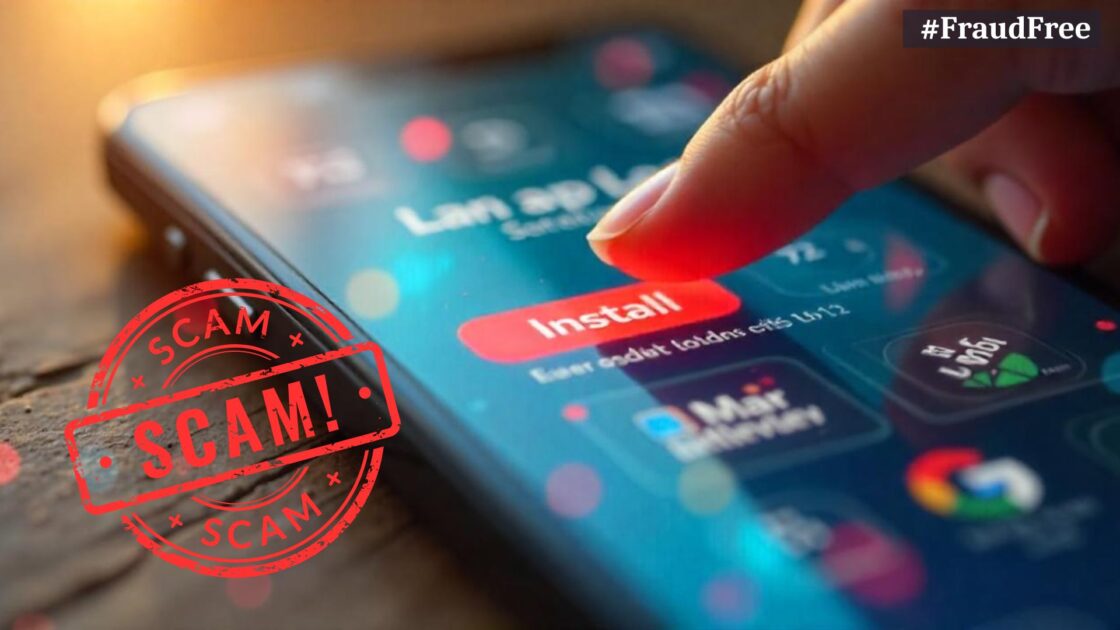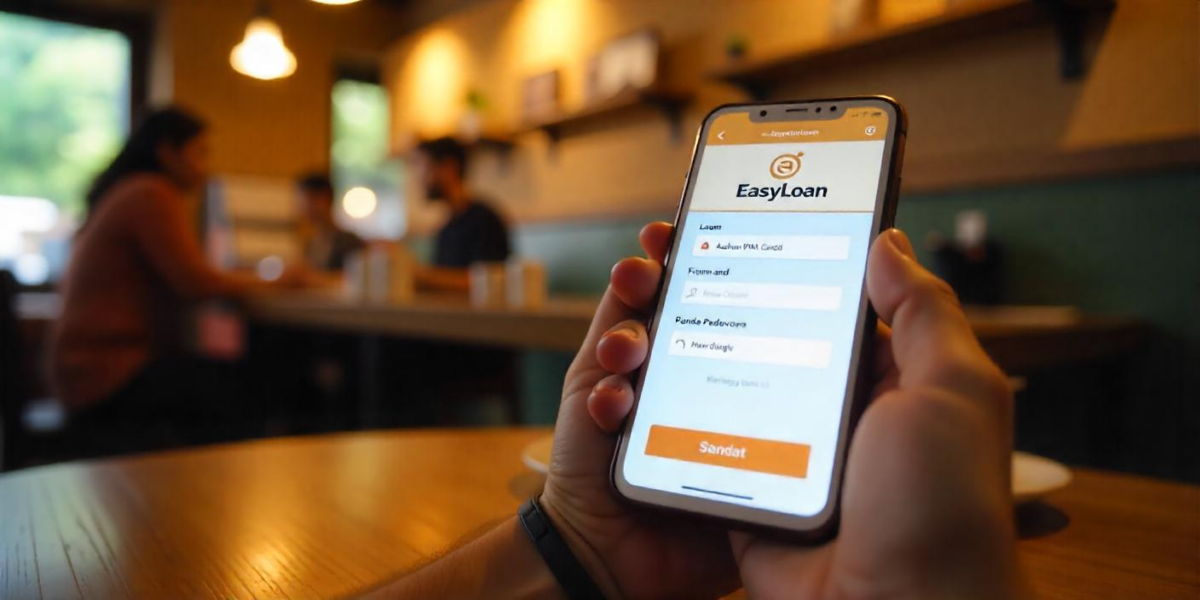Ravi thought it was just another Monday morning. He scrolled through his emails with half a cup of tea in hand when his phone buzzed. A seemingly polite executive on the other end greeted him.
“Hello, sir, I’m calling from your Amazon Pay Later service. There has been a suspicious transaction attempt using your account. Did you recently try to purchase an iPhone from Pune?”
“No, I live in Delhi. I haven’t even logged into the app in weeks,” Ravi replied, now slightly worried.
“That’s what we thought, sir. It looks like someone’s trying to misuse your BNPL facility. If you don’t mind, I’ll help you secure it. Just share the OTP you received to block the fraudulent access.”
Of course, Ravi shared it. Within the next few minutes, the real fraud began, not on his account, but with it.
The Rise of BNPL — and the Scammers Who Followed
Buy Now Pay Later (BNPL) is one of those ideas that sounds perfect on paper, you buy a product today and pay for it in interest-free installments over the next few weeks or months.
No credit card needed. No long bank forms. Just a few taps on your favorite shopping app, and boom, instant credit.
It’s become wildly popular in India.
Platforms like Amazon, Flipkart, and Swiggy offer BNPL services through tie-ups with companies like Simpl, LazyPay, ZestMoney, or even traditional banks like ICICI and HDFC.
With minimum paperwork and zero upfront cost, millions signed up.
But as the saying goes, if it’s easy for you, it’s easy for scammers too.
The Anatomy of a BNPL Scam
Let’s break it down with a real-life tone.
Scammers don’t need your bank account to hurt you anymore. All they need is a phone number and some KYC details, which, let’s face it, are floating around the internet thanks to years of data breaches and careless OTP sharing.
Here’s what happens:
- Scammers use your leaked data (phone number, PAN, email, etc.) to create fake BNPL accounts.
- They exploit loopholes in the system to activate the credit line without proper verification.
- They then purchase gift cards, gadgets, or services, anything that can be resold or withdrawn quickly.
- And guess who gets the repayment notice? You.
Often, the victim doesn’t even know a BNPL account was opened using their details until they receive recovery calls or see their CIBIL score crash.
One user wrote online, “I was refused a car loan because of a ₹15,000 BNPL default on a service I never used. It took me 3 months and dozens of emails to clear my name.”
“Ma’am, there’s been a fraud on your Flipkart Pay Later…”
The call goes something like this:
Caller: “Ma’am, there’s a flagged purchase attempt using your Flipkart Pay Later facility for ₹22,999. Did you make it?”
Victim: “No, not at all.”
Caller: “In that case, we’ll need to cancel it right away. You’ll receive a verification OTP. Just read it out for confirmation.”
The victim reads the OTP. A few minutes later, an actual purchase goes through, and the fraud is complete.
Why BNPL Is a Sweet Spot for Scammers
Because BNPL isn’t regulated like traditional loans yet, the onboarding process is often too careless, making it easy for fraudsters to slip through.
Many platforms just ask for a PAN and a phone number. No face verification. No in-person checks.
The result?
It becomes easy to impersonate someone and open an account.
What’s worse is that these dues often end up affecting your credit score, even if the fraud wasn’t your fault.
And since BNPL is a backend partnership between the shopping platform and a lending partner, figuring out who’s responsible becomes a bureaucratic nightmare.
How You Can Stay Safe
Here are the ways to protect yourself from such scams:
- Check your credit report regularly. Sites like CIBIL and Experian let you download it for free once a year. Keep an eye out for accounts you don’t recognize.
- Never share OTPs — Even if the caller claims to be from your shopping app or bank.
- Don’t click on links claiming “account suspension” or “fraud activity.” Visit the app directly.
- Use strong KYC details– The easier you are to impersonate, the more attractive a target you become.
- Raise a dispute ASAP– If you notice a suspicious account or entry. Some platforms like LazyPay and Simpl are responsive when you provide police complaints or RBI escalation.
In case the scammer has trapped you, register with us to report the case on the respective platform using the right platform.
BNPL Is a Good Tool — Until It’s Used Against You
To be clear, BNPL itself isn’t the villain. It’s a useful financial tool when used wisely and securely.
The real problem is how easily it can be manipulated by fraudsters, and how poor the redressal mechanisms are for the victims.
Ravi, after weeks of back-and-forth with support teams, cyber police, and credit bureaus, managed to get the false entry removed. But the stress? That lingers.
“I didn’t borrow a single rupee,” he said, “but I still ended up in debt. That’s the part that messes with you.”
Moral of the story? You don’t need to take a loan to fall into a trap. Sometimes, all it takes is an OTP and a well-rehearsed script from someone pretending to help you.
Next time someone calls about a suspicious purchase on your account, take a breath.
Then hang up.







